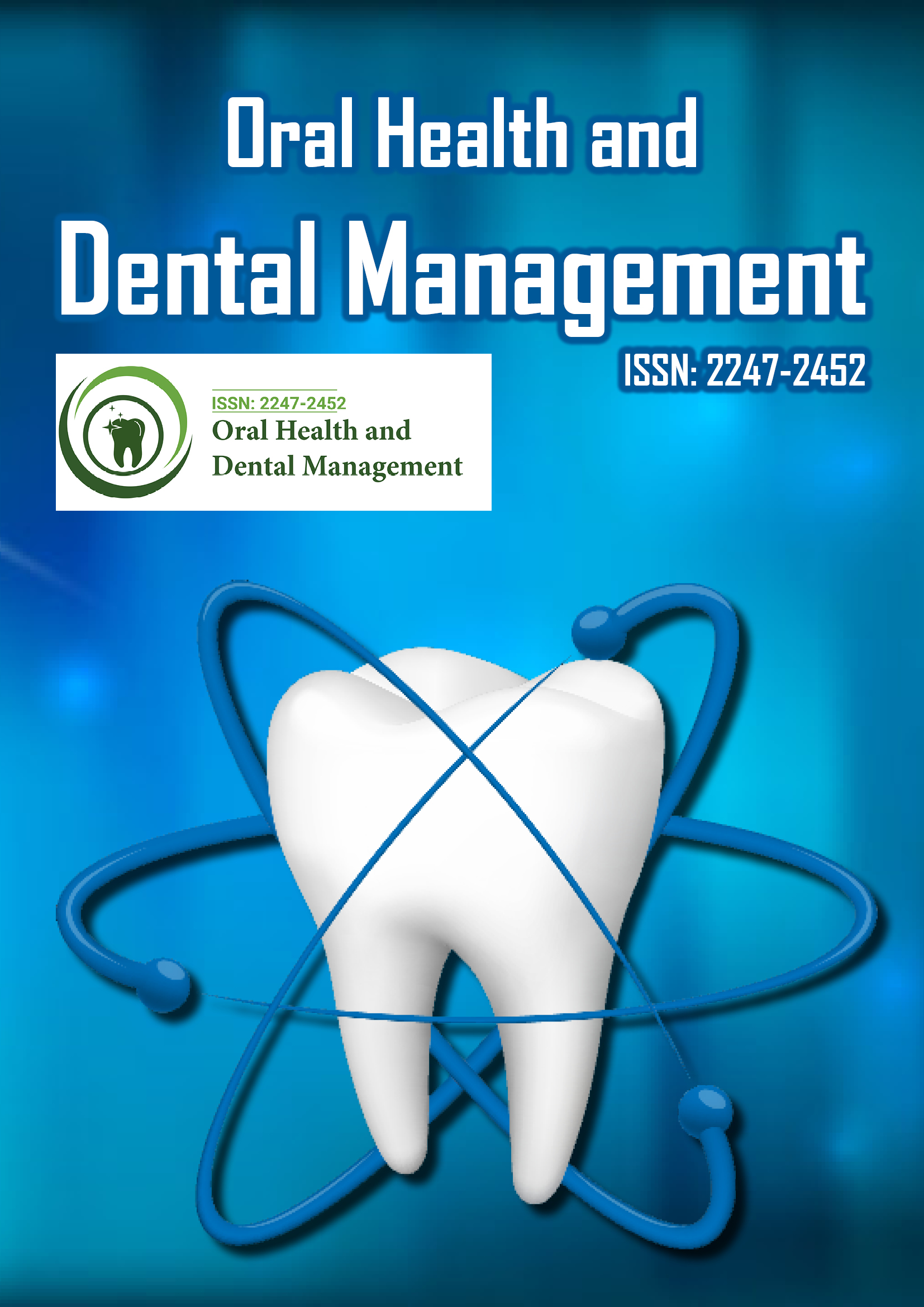Indexed In
- The Global Impact Factor (GIF)
- CiteFactor
- Electronic Journals Library
- RefSeek
- Hamdard University
- EBSCO A-Z
- Virtual Library of Biology (vifabio)
- International committee of medical journals editors (ICMJE)
- Google Scholar
Useful Links
Share This Page
Journal Flyer

Open Access Journals
- Agri and Aquaculture
- Biochemistry
- Bioinformatics & Systems Biology
- Business & Management
- Chemistry
- Clinical Sciences
- Engineering
- Food & Nutrition
- General Science
- Genetics & Molecular Biology
- Immunology & Microbiology
- Medical Sciences
- Neuroscience & Psychology
- Nursing & Health Care
- Pharmaceutical Sciences
Abstract
Prevalence and Characterıstıcs of Supernumerary Teeth in a Child Population from Central Anatolıa
Volkan Arikan, Betul Memis Ozgul, Firdevs Tulga OZ
Aims: This article aimed to characterize the incidence of supernumerary teeth in Turkish children according to sex, location, number and morphology and to explore possible correlations between these variables. Methods: The study population comprised 7,551 non-syndromic patients aged 3-16 years who applied for routine check-ups at the Ankara University Department of Pediatric Dentistry between January 2009 and January 2010. The population included children in deciduous, mixed and permanent dentition. Both clinical and radiographic examinations were conducted. Demographic variables (age, sex) as well as number, location (maxilla or mandible), position, type and morphology of supernumeraries were recorded for all patients with supernumerary teeth. Supernumerary teeth with odontomes were also noted. Results: Of the 7,551 patients examined, supernumerary teeth were detected in 74 patients (0.98%). Of these, 48 were male and 26 were female (male-to-female ratio: 1.84:1). A total of 84 supernumerary teeth were detected, 80 (95.2%) of which were permanent teeth and 4 (4.8%) of which were deciduous teeth (n=4). Most supernumerary teeth (n=59, 70.2%) were located in the maxillary arch. The most common supernumerary teeth were mesiodens (36.9%), followed by supernumerary teeth located in the maxillary incisor region (33.3%), the mandibular premolar region (17.9%), the mandibular molar region (5.9%), the mandibular incisor region (4.8%) and the mandibular canine region (1.2%). Conclusion: The prevalence of supernumerary teeth was found to be 0.98% and mesiodens was the most frequent type.
